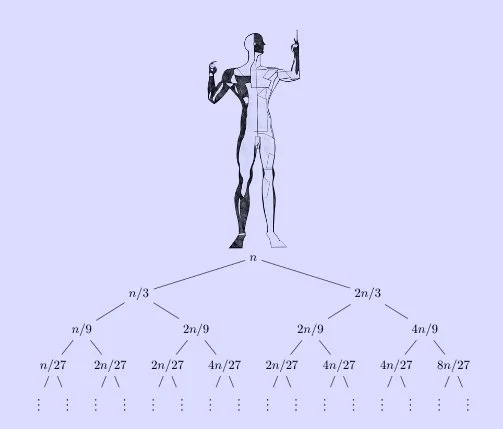Modeling Human Dynamics
Can we simulate complex human behavior in cities?
Cities have evolved over thousands of years as platforms where humans can flourish. They are social ecosystems where behavior, interaction, and everyday movement define the quality of life. Traditional urban design tools, however, rarely predict how a proposed environment might shape the lived experience of its residents. Most simulations focus on static infrastructure—roads, buildings, and other infrastructure—without accounting for the fluid and dynamic nature of human behavior.
Simulating Human Activity in Virtual Places
The City Science Center is advancing a new generation of statistical and agent-based modeling platforms to address this gap. These systems simulate how diverse synthetic populations live, work, socialize, and move through space, based on a combination of behavioral datasets, demographic profiles, and contextual cues embedded in virtual environments. By tagging 3D models with data on amenities, pathways, nature, daylight, views, other sensory and social features, the system allows agents to make decisions that mirror human preferences and constraints. By leveraging large language models and machine learning, these agents can now exhibit more complex patterns of interaction, such as forming communities, responding to the behaviors of other agents, or adapting to policy interventions.
These simulations allow designers, policymakers, and community members to preview the ripple effects of design proposals—not just in terms of traffic flow or land use, but also the impact on vibrancy, inclusion, and well-being.
Why It Matters
These tools offer a powerful way to ensure that cities work for everyone by visualizing and stress testing complex human behaviors before they are built. They open a new frontier for participatory planning and evidence-based design, shifting simulation from an engineering exercise to a tool for civic imagination.

